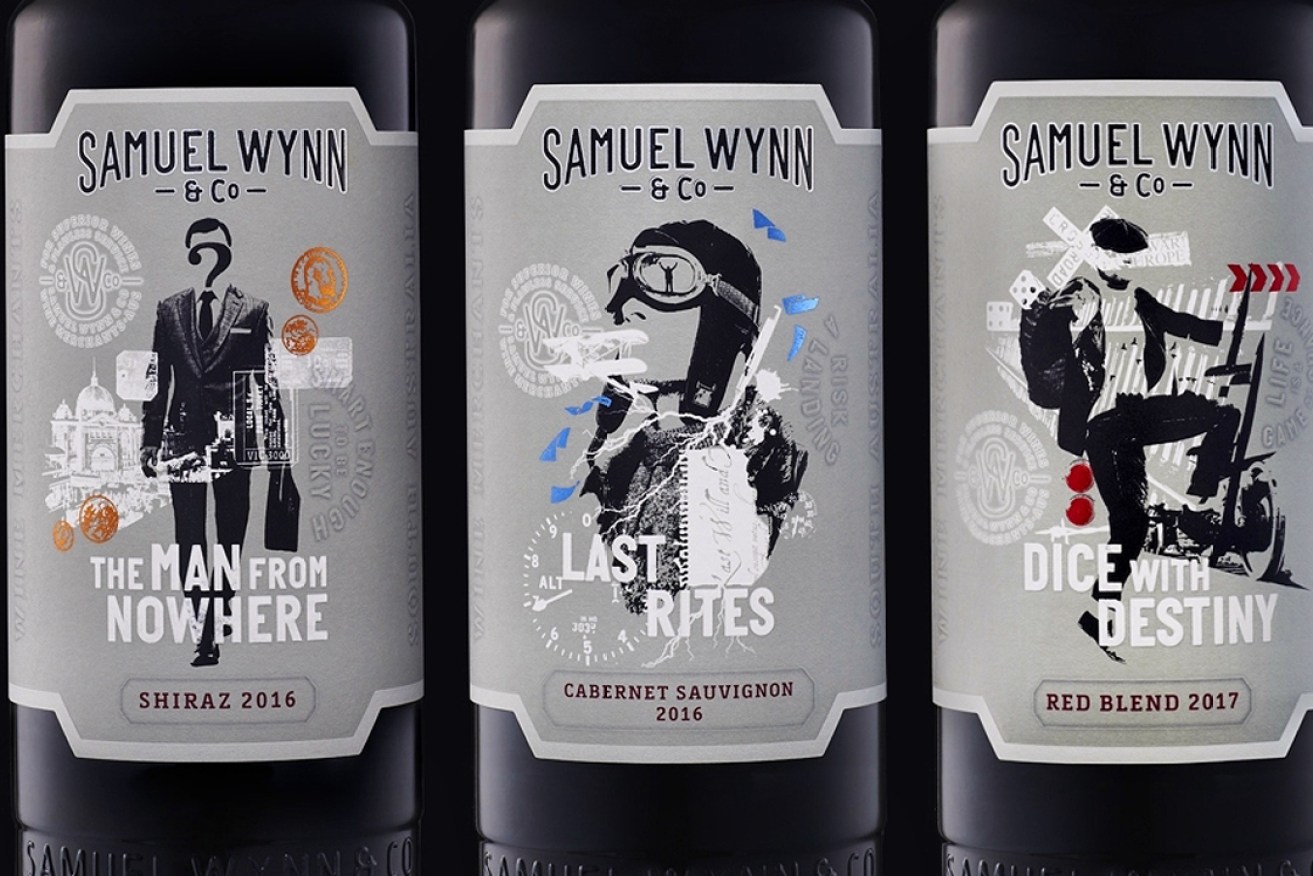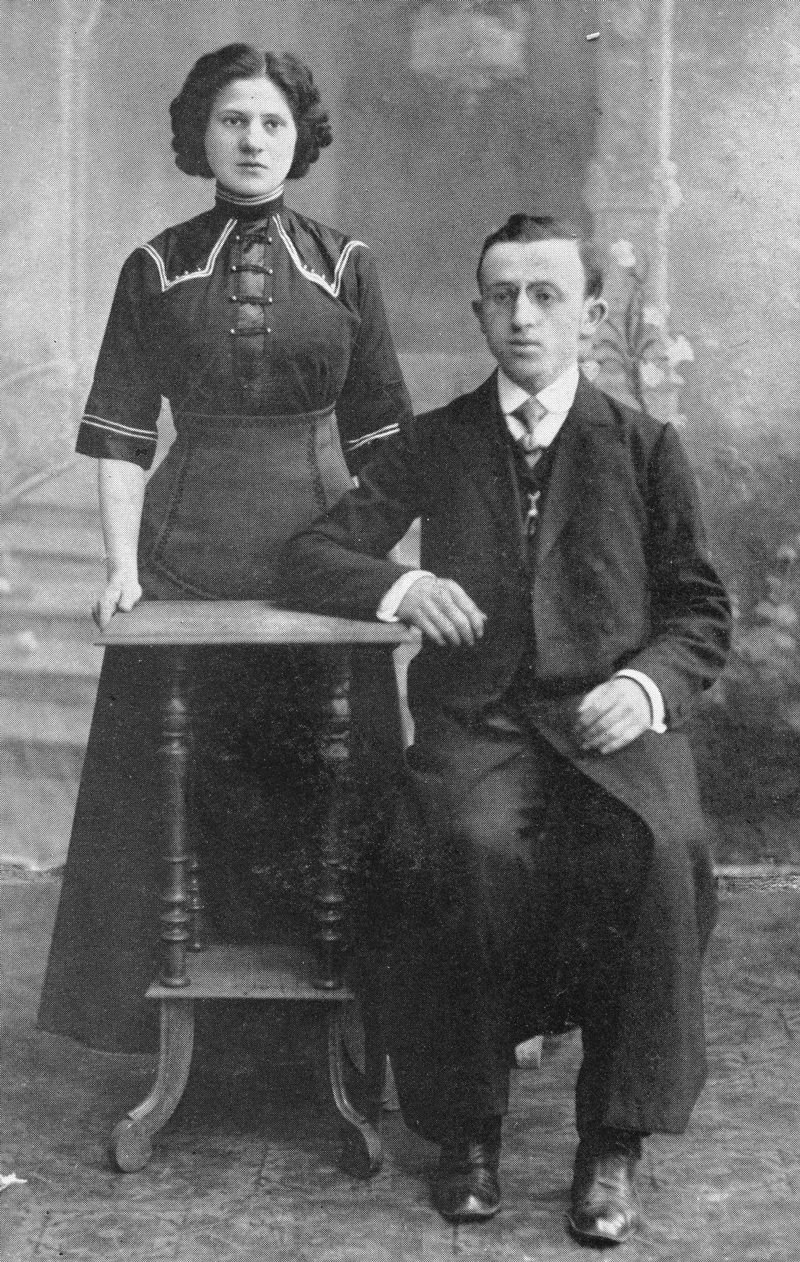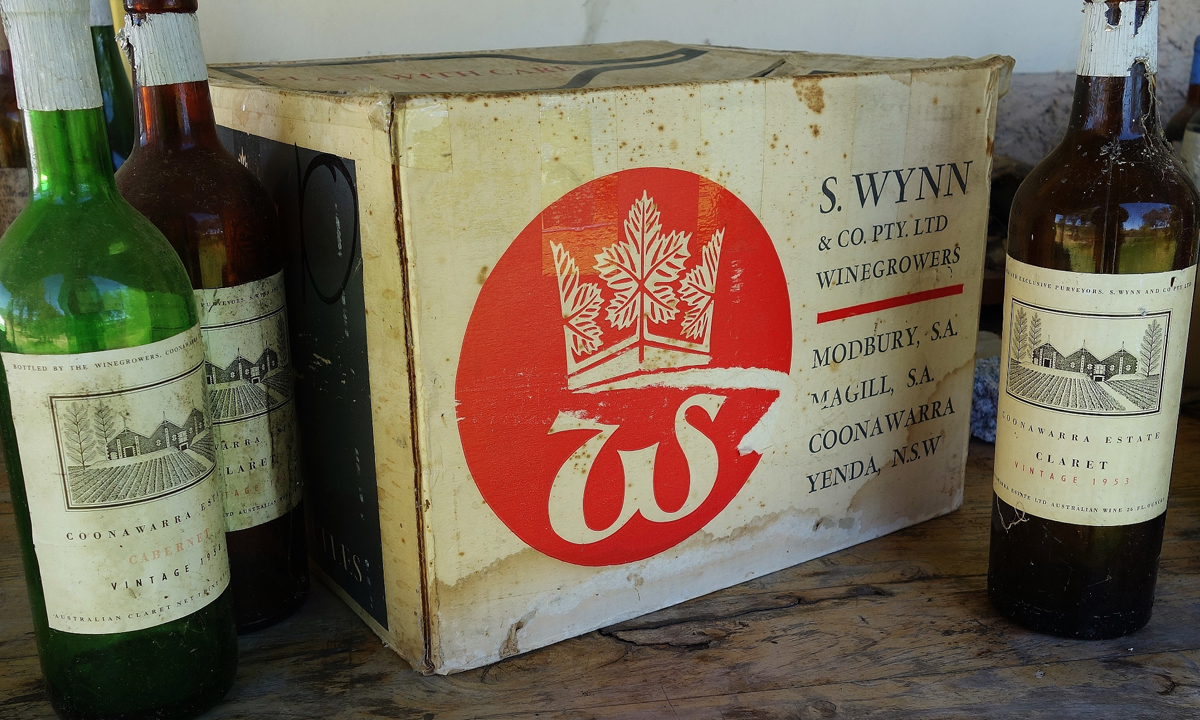Such attention to detail, everyone’s talking about it
Philip White is bemused at the marketers’ resurrection of timid wine merchant Samuel Wynn as James Bond, Biggles or ‘some punk gambler in a beret’.


The new Samuel Wynn & Co line-up.
This week my in-tray oozed out a press release with a covering note from the senior brand manager at Treasury Wine Estates (TWE). She introduced an outfit called Co Partnership.
It’s like sooooo not today.
“Co Partnership are true brand builders,” she wrote. “Their naming and storytelling created relevant and engaging content for our consumer [sic], which they brought to life with such attention to detail – everyone’s talking about it.”
This alliance formed to launch a new brand for the TWE juggernaut: “Introducing Samuel Wynn & Co,” the release says, “a new wine brand … showcasing the stories of Samuel Wynn, founder of the iconic Wynn’s of Coonawarra Estate.”
Through a twisty series of sell-outs and takeovers, TWE has ended up owning Wynn’s, which these folks push as a premium brand.
“Our brief was to entice a younger ‘less involved’ wine drinker by using the language and semiotics of craft beer, a clever strategy of recruiting cross category,” the release reads.
Fair dinkum.
“By learning our consumers are ‘seekers of exploration’, we researched into [sic] the life and times of Samuel Wynn to uncover the stories that best captured his bold spirit. This narrative formed the inspiration for our three adventurous names; ‘The Man from Nowhere’, ‘Last Rites’ and ‘Dice with Destiny’ – with more to follow as the range grows.
“These stories inspired our filmic poster illustration style, with each label portraying scenes from Samuel’s escapades with a sense of daring and intrigue to capture the imagination. To build in more discovery, we nestled sayings amongst the illustrations that captured Samuel’s charm and personality ‘Smart enough to be lucky’, ‘Risk & Reward’ and ‘Life is a Game of Chance’. Together these were embellished with a complex makeup of foils, embossing and high builds to provide a premium, tactile finish and catch the eye.
“With a custom designed bottle that talks to the semiotics of craft beer and a unique label shape, the complete pack works hard on shelf to differentiate against the competition with an engaging tone of voice, for the inquisitive consumer entering the world of wine.”
Sorry for the huge quote, but I felt that you oughta read it all, if only to counter those who reckon I write too much bullshit. This business is brimming with it. Notice there is not one mention of the wine all this is designed to sell. Imagine how much Co Partnership charged the shareholders of TWE for this!
I was hardly a close friend of Sammy Wynn. By the time I met him he was still impeccably presented in his three-piece suit, stiff collar and French cuffs but was troubled with dementia and attended the office rarely. He died in 1982. But I knew his son David well as a friend and mentor, and became good mates with his grandson, Adam, after whom David named Mountadam.
So for many years I was entertained first-hand by the family stories, which I have since been able to further contemplate through the annual Winegrowers’ Diary written for David in the late ’60s and early ’70s by the great Melbourne wine critic Walter James.
David’s brother Allan’s 1968 biography of their father, The Fortunes of Samuel Wynn – Winemaker, Humanist, Zionist is another handy reference.
So when considering where all this adventurous intrigue and the incredible escapades come from, it was confronting to recall the Sammy I met and learned so much about.
Sammy was a softly-spoken, fastidious Russian-born Jew from Poland. Five-foot-nothing in his socks, he wore gold-rimmed pince-nez spectacles, a bow tie and a homburg hat.
While a committed socialist and trades unionist, and eventually a staunch supporter of Zion’s occupation of Palestine, he bore no resemblance whatever to the fake heroes on Co Partnership’s Boy’s Own Annual movie posters.
Sammy’s real name was Solomon “Shlomo” ben David. The youngest of a humble family, he grew up dependent upon the constant pampering of domineering women: at first his widowed mother, who sold lottery tickets for a living, and then his two sisters. Three bright bossy wives were to follow.
“All his life he was to remain dependent on women,” his son Allan wrote. These were invariably “egocentric and very demanding”.
The family had accepted the surname Weintraub only when the authorities of the 1800s insisted Jews adopt more conventional family names. Weintraub reflected one angle of the old family business: purchasing raisins from the Black and Caspian seas to make small batches of kosher ceremonial wine in Poland.
With his sharp intuition and fear of the nascent Germany, Shlomo saw real trouble coming to Europe’s Jews. He engaged his domineering sweetheart, Chava Silman, in Łódź in 1911. Two years later they took a third-class passage to Melbourne, an uneventful trip. On arrival, there was some kerfuffle about the spelling of Weintraub, which the customs men thought must mean cooper. Sammy’s terrible English was no help. So for simplicity’s sake, and his delight at the opportunity of a bright new start, Shlomo ben David Weintraub became Sammy Wynn.

The real Sammy Wynn: Solomon “Shlomo” ben David Weintraub with his new fiancée Chava Silman in Poland in 1911.
Right from their arrival in the colony, Sammy was delighted that there was an abundant supply of fresh grapes and plenty of wine of all types and quality. He worked as a farmhand, and then did a stint in a cork factory. With those scant savings, the few sovereigns Chava had sewn into her hem back in Poland, and some generous vendor finance, he was able to purchase a wine shop at the top of Bourke Street, near the parliament. That grew into what eventually became the very famous Florentino’s restaurant.
David Wynn was born upstairs there.
The wine shop, which sold much more sweet fortified out the back than premium table wine for the politicians within, took a scholarly upmarket turn in 1922 when the great Hill of Content book store opened next door. The transfusion of customers led to the growth of a bright co-operative salon atmosphere between the establishments.
While Sammy went on to build a thriving wholesale and retail wine merchant business with his son David, an empire that extended from the Yenda winery at Griffith to Romalo opposite Penfolds Grange at Magill, the firm seemed only to boom into a modern form with David’s post-war influence.
An Australian Air Force man who was determined to be an architect or a sculptor, David had returned from the war with an even more refined taste for the best of Bordeaux and Burgundy.
The notion of Sammy being the “founder of the iconic Wynn’s of Coonawarra Estate” is questionable – David always made it clear the Coonawarra purchase and the rejuvenation of the business was his Bordeaux-inspired idea; he paid for the distillery and cellars, vineyards and other land according to the number of sheep each acre could comfortably run.

Wynn’s Coonawarra Estate packaging in the 1950s.
While he’d loved buying the best of Coonawarra wine for blending and sale through his shops, Sammy never really believed the Estate could be profitable. Coonawarra was notoriously unreliable. The father became the son’s reluctant and long-suffering partner.
“In good years, the wine can be superb,” Allan Wynn wrote. “In bad years … it is barely drinkable.”
This risk, driven by Coonawarra’s inclement, frosty weather, is what eventually convinced David to sell Coonawarra and invest instead in his beloved Mountadam at the top of Eden Valley. The huge dry-grown bush vine Modbury vineyard, whose wines were made at Romalo, went to the Dunstan government for suburban housing.
David launched the pioneering Burgundy-inspired Pinot and Chardonnay adventure at Mountadam in 1972. Adam became winemaker in 1984; David died there in 1995; after some dreadful health, Adam sold it to Louis Vuitton Möet Hennessy and left winemaking forever in 2000.
Shlomo and Chava’s many descendants are spread across the world today. Like the facts about the family history, they’re pretty easy to find. They tend to be a very bright, influential lot.
So to ask how the Wynns reacted to images of their timid ancestor repackaged as James Bond, Biggles or some punk gambler in a beret, I made a few calls.
“No, Philip, none of the family members were consulted and we are all a little bemused by the whole thing,” I was told. “Someone sent a photo of the labels and initially we thought it was a joke. All a little strange really and somewhat misguided. Those stories are apocryphal at best.”
Apocrypha? Now there’s a name for a wine based on bullshit that talks to the semiotics of craft beer, no? But the easier lesson I’d learn from Sammy is the mark-up you can add if you bottle the flagon wine that goes to paupers out the back and sell it instead as 750ml premium to the politicians dining at the front.
drinkster.blogspot.com




